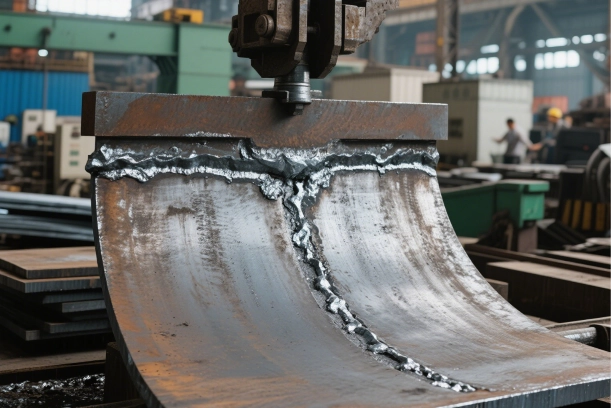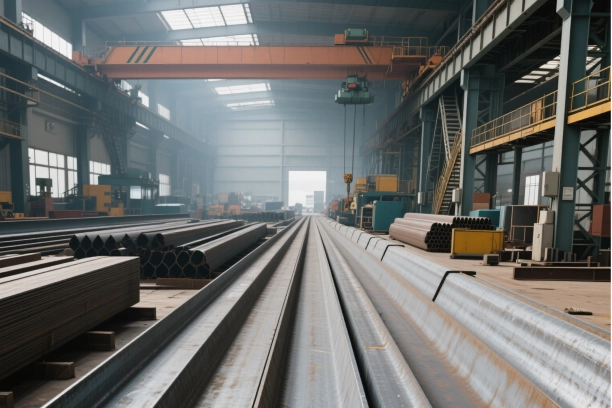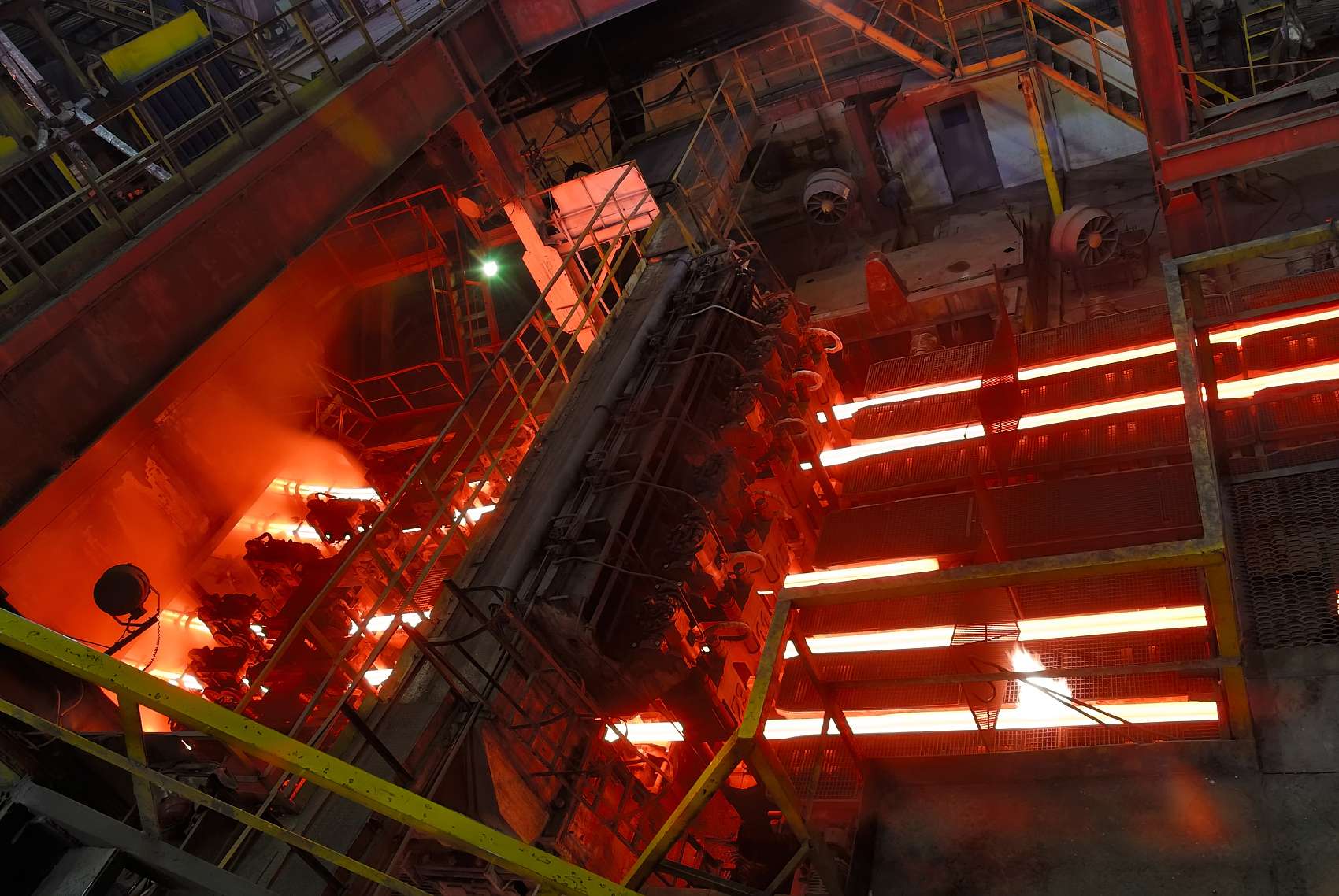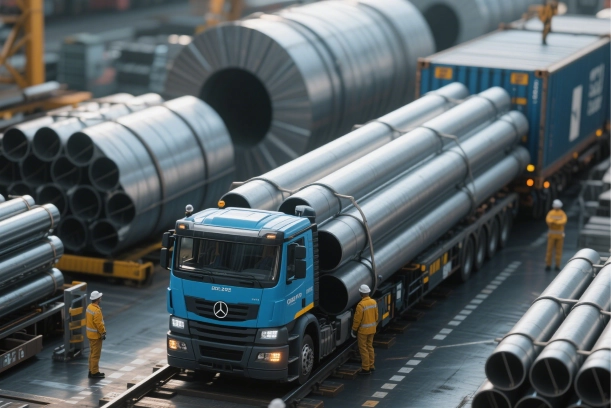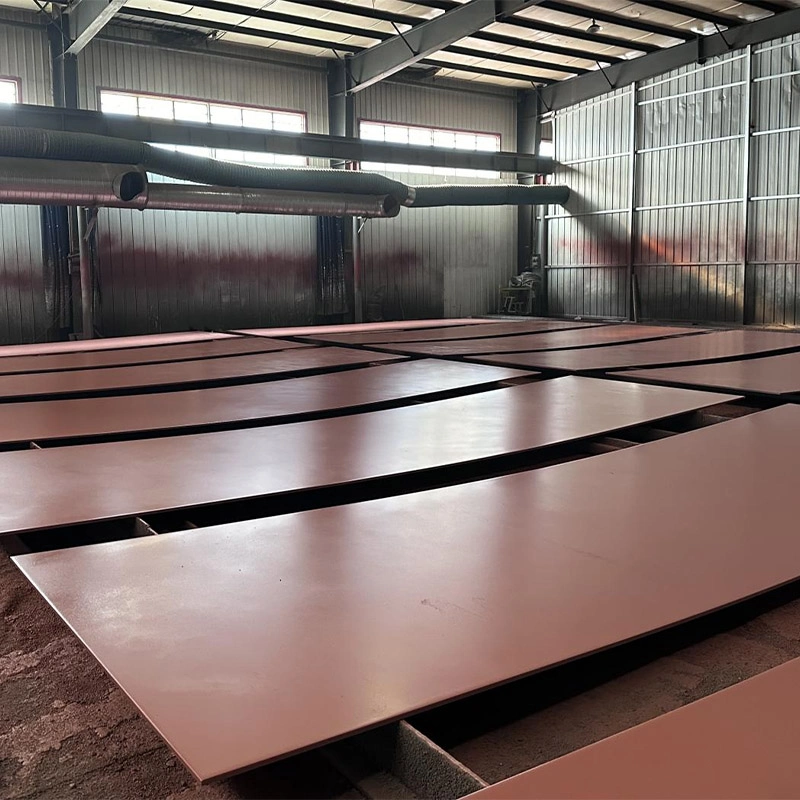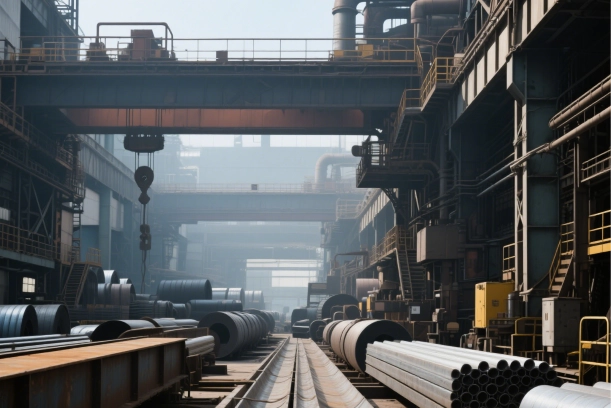Why Top-Quality Wear-Resistant Steel Matters in Mining
How Steel is Used in Mining
Wear-resistant steel, sometimes called abrasion-resistant steel, is a tough material made to handle serious surface wear in harsh conditions. It’s crafted with high carbon and alloy elements for extra durability. This makes it a go-to choice for industries like mining, construction, and heavy equipment, where strength and long-lasting performance are a must. Its top performance to take a beating cut down on repair costs and keep equipment running longer.
In mining, this steel is everywhere. You’ll find it in machine parts like steel balls for ball mills, liners, bucket teeth for excavators, and the buckets themselves. Crushing equipment uses it for critical pieces like crusher mantles, jaw plates, and hammer heads. Heavy gear, like bulldozers and tractors, relies on it for track plates and blades. In coal mines, scraper conveyor plates and round link chains are made from this steel. It’s built to handle the toughest wear.
Why Steel Quality Boosts Mining Efficiency
The quality of steel makes a big difference in mining operations. Wear-resistant steel is super hard, typically rated between 400 and 500 Brinell Hardness (HB). This hardness fights off wear and impact. It keeps parts solid even under intense pressure. Plus, its strong tensile strength means it can take heavy stress without warping. Steels like NM450SP and AR500 not only offer higher hardness (400–500 HBW) but also improved impact resistance and formability, making them ideal for high-load mining conditions.
High-quality steel makes mining equipment last longer. It means fewer replacements or fixes. That saves time and helps plan maintenance better. Some steel types also resist rust, which is great for rough environments where wear and corrosion hit at the same time.
How to Break Down Steel Sales
What’s Driving the Market in 2025
Figuring out steel sales takes a good grasp of market trends. As we head toward 2025, things like global economies, big infrastructure projects, and new manufacturing tech will shape the demand for wear-resistant steel.
There’s a push for lightweight, tough materials because of environmental rules aiming to cut CO2 emissions. Thinner steel plates let manufacturers build transport equipment that carries more while polluting less. Keeping an eye on these industry shifts is crucial.
Demand also varies by region. Countries with growing mining industries might need more wear-resistant steel. Watching these trends helps spot new markets and plan for future sales.
Picking the Best Steel Suppliers with Data
Data is key to finding top suppliers in the wear-resistant steel market. By looking at things like delivery speed, product consistency, and customer reviews, businesses can pick partners they trust.
Big names like Caterpillar are known for supplying high-quality steel for coal mining equipment. They ship to over 20 countries, like South America and Australia, showing how global this market is.
Tools like market research reports or supply chain platforms give a clearer picture of suppliers. They help compare prices and make sure products meet industry standards.
How to Keep Tabs on High-Quality Steel
Using Digital Tools for a Clear Supply Chain
Digital platforms have changed the game for supply chains. They let you track materials like wear-resistant steel in real time. Tech like blockchain logs every step, from production to delivery, securely. This builds trust and ensures ethical sourcing.
These platforms also help manage inventory. They show stock levels across different sites. Businesses can plan purchases based on demand or production needs.
For example, new ways to harden steel surfaces boost wear resistance without using pricey alloys. This shows why tech matters in supply chains.
Checking Supplier Performance and Steel Quality
Keeping an eye on suppliers means checking if they deliver on time and meet product specs. AI tools can spot patterns in past data to predict supply chain hiccups.
Quality is just as important for materials like wear-resistant steel. Flatness after cutting and steady hardness are signs of top-notch steel. Regular checks and non-destructive tests make sure these standards are met.
Using smart monitoring systems and digital platforms helps businesses run smoothly. It ensures they get the high-quality steel they need for mining.
What to Look for in Steel Suppliers
Pricing and Comparing Competitors
When choosing steel suppliers, you need to understand pricing trends and check out the competition. The cost of wear-resistant steel depends on things like raw material supply, production methods, and regional markets. It’s usually made in electric furnaces or converters, and most products are castings. This process affects prices, especially as demand changes in industries like mining and construction.
Comparing competitors means looking at their prices to get the best deal without sacrificing quality. Suppliers with advanced steel grades, like those with 400 to 500 Brinell Hardness, might cost more. But their toughness means parts last longer, so you replace or repair less. Weighing these factors helps find suppliers with the best mix of price and performance.
Predicting Demand and Understanding Regions
Knowing future demand is critical for picking a solid supplier. Industries like mining and heavy machinery see demand swings based on global economies, infrastructure work, and tech advances. Tracking these helps plan for steel needs.
Regional differences matter too. Developing countries with growing mining sectors often use more wear-resistant steel. In China, grinding balls eat up 800,000 to 1 million tons a year, and mill liners take nearly 200,000 tons. Knowing these patterns helps businesses match their buying to market opportunities.
Checking if a supplier meets regional rules and can handle logistics is also key. Those exporting worldwide show they can adapt to different markets.
Promispecial®: Why It’s a Top Wear-Resistant Steel Supplier
Dedication to Quality and Trust
Promispecial® is a standout supplier of wear-resistant steel. It’s known for its focus on quality and dependability. The company offers a wide range of steel products made for tough jobs in mining, construction, and heavy machinery. You’ll see their products in mining gear like steel balls for ball mills, liners, bucket teeth, and buckets.
Promispecial® keeps quality high with advanced production tricks, like refining to make steel purer. Things like the amount, shape, and spread of secondary phases affect how well steel resists wear. By nailing these details, Promispecial® delivers steel plates that are both tough and reliable.
They also put customers first with consistent quality and on-time deliveries. Their ability to keep steel flat after cutting and offer efficient solutions makes them a favorite among industry big shots.
Custom Solutions for Mining Needs
Promispecial® shines at tackling the mining industry’s unique challenges. Their steel grades are built to handle extreme wear and cut maintenance costs. High manganese steel works great for high-pressure wear jobs.
Take their NM450HiTemp steel plate—it’s made for high-heat settings between 300 and 500℃. It’s a budget-friendly option for metallurgical work.
Promispecial® also teams up with clients to create custom solutions. Whether it’s lighter products for bigger payloads or steel that fights rust in tough conditions, they’re flexible. Their global reach proves their expertise. Their steels power large coal mining equipment and ship to over 20 countries, including South America, Australia, Canada, Greece, and Spain.
By mixing innovation with a customer-first mindset, Promispecial® sets the bar high for delivering top-quality wear-resistant steel. It helps mining operations run at their best worldwide. Contact Promispecial® today for customized wear-resistant steel solutions that power your mining success.
FAQ
Q: What types of steel are used in mining industries?
A: Popular choices include NM400, NM450, NM500, and Mn13, used for excavator parts, crushers, and conveyor components.
Q: Why is steel important in the mining sector?
A: Steel is crucial due to its durability, strength, and ability to withstand harsh environments, making it ideal for mining machinery and infrastructure.
Q: How can I improve steel sales in the mining industry?
A: Focus on quality assurance, long-term relationships with suppliers, and providing tailored solutions for mining operations to improve sales.
Q: What factors affect the demand for steel in mining?
A: Key factors include global mining activity, commodity prices, infrastructure development, and technological advancements in mining equipment.
Q: How does abrasion-resistant steel reduce costs?
A: Its high hardness and strength minimize part failure and downtime, helping mining companies save on replacements and maintenance.
Q: Why choose Promispecial® for mining steel?
A: We offer high-hardness steel grades, consistent flatness, fast delivery, and tailor-made solutions for mining machinery.


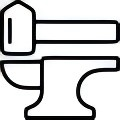


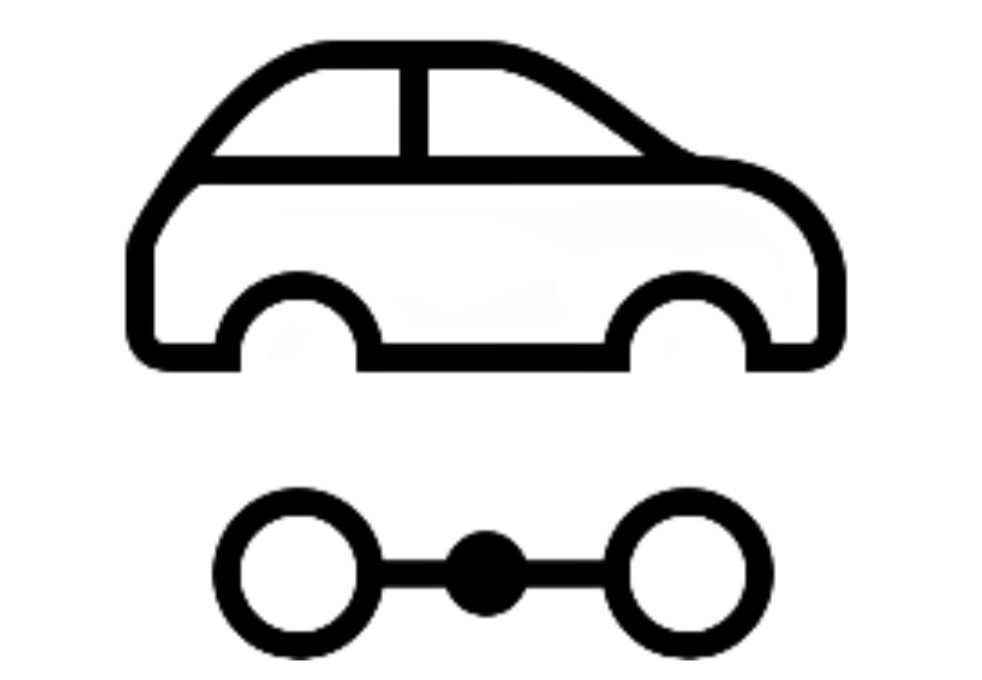
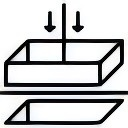


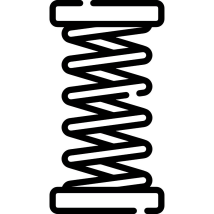

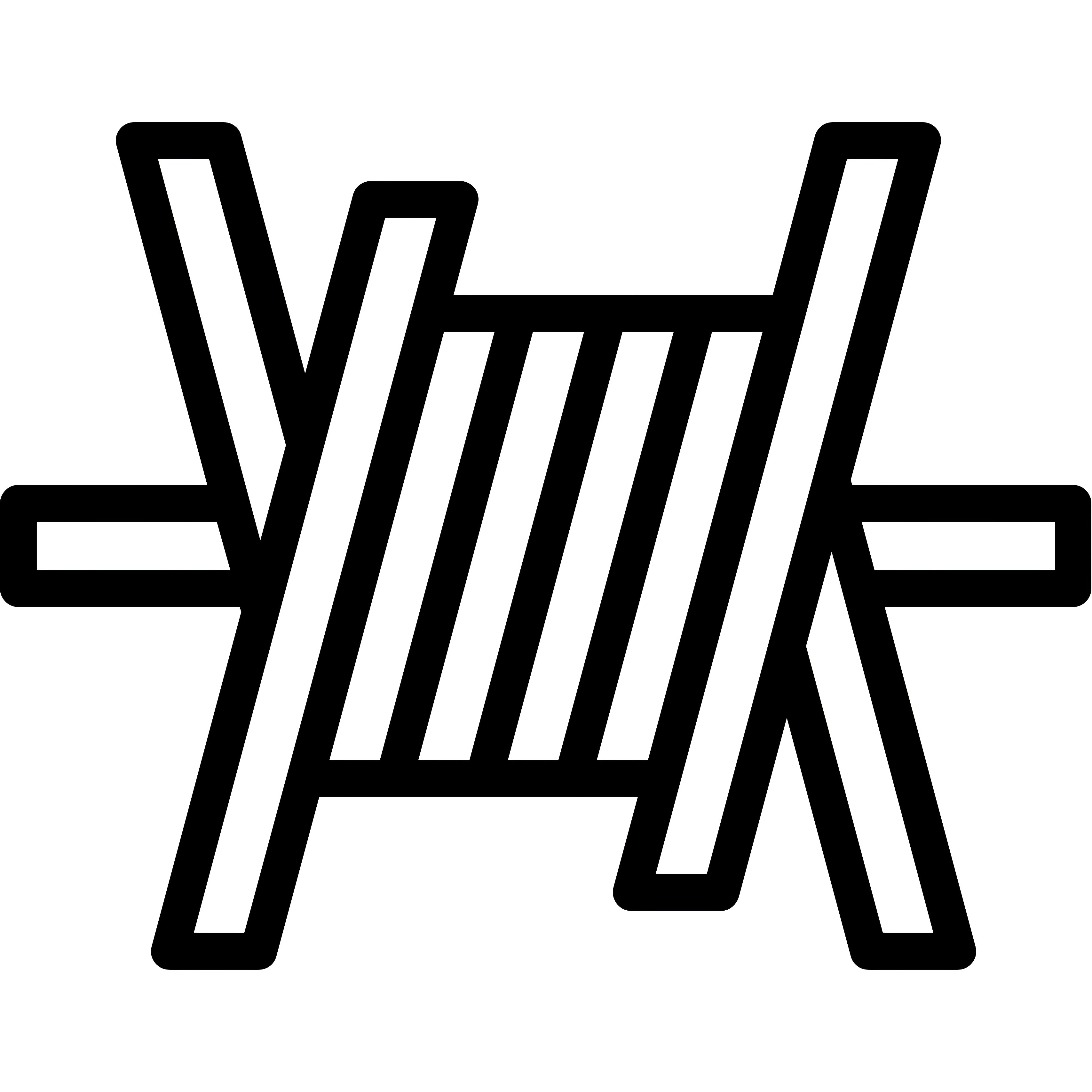
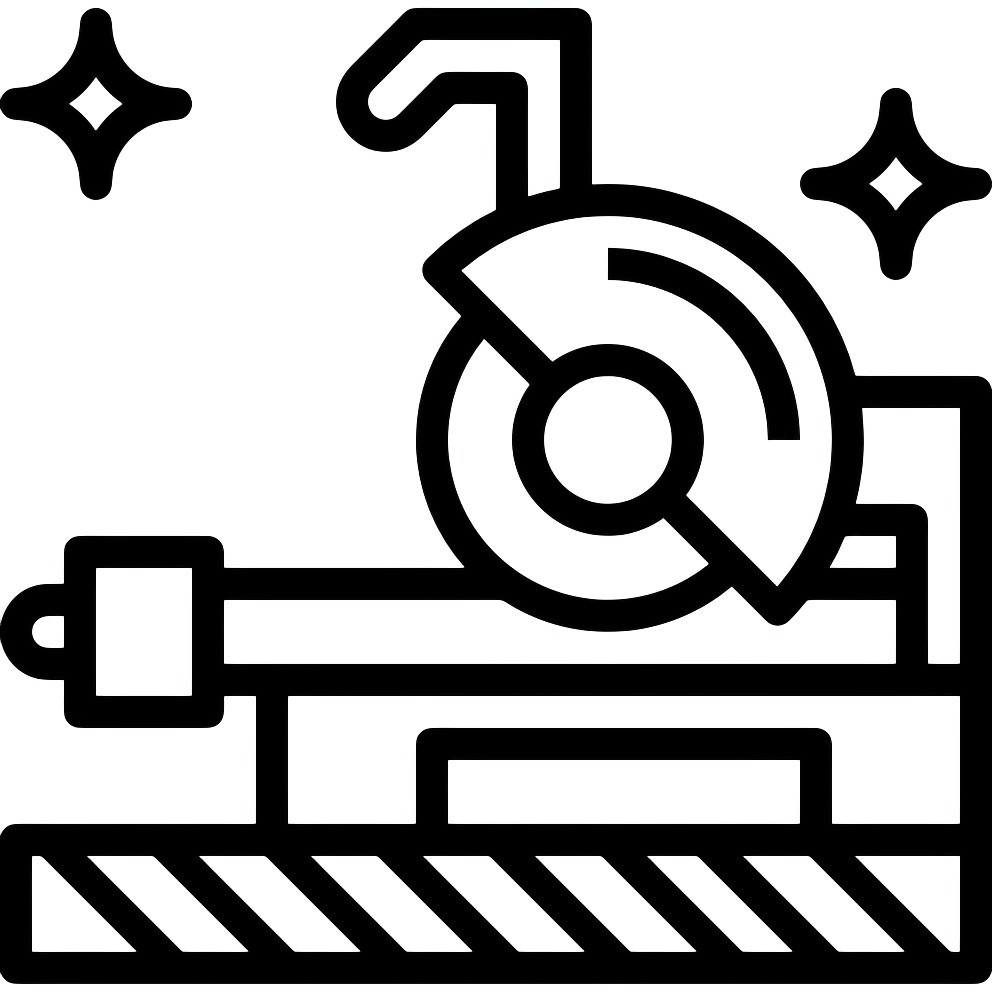
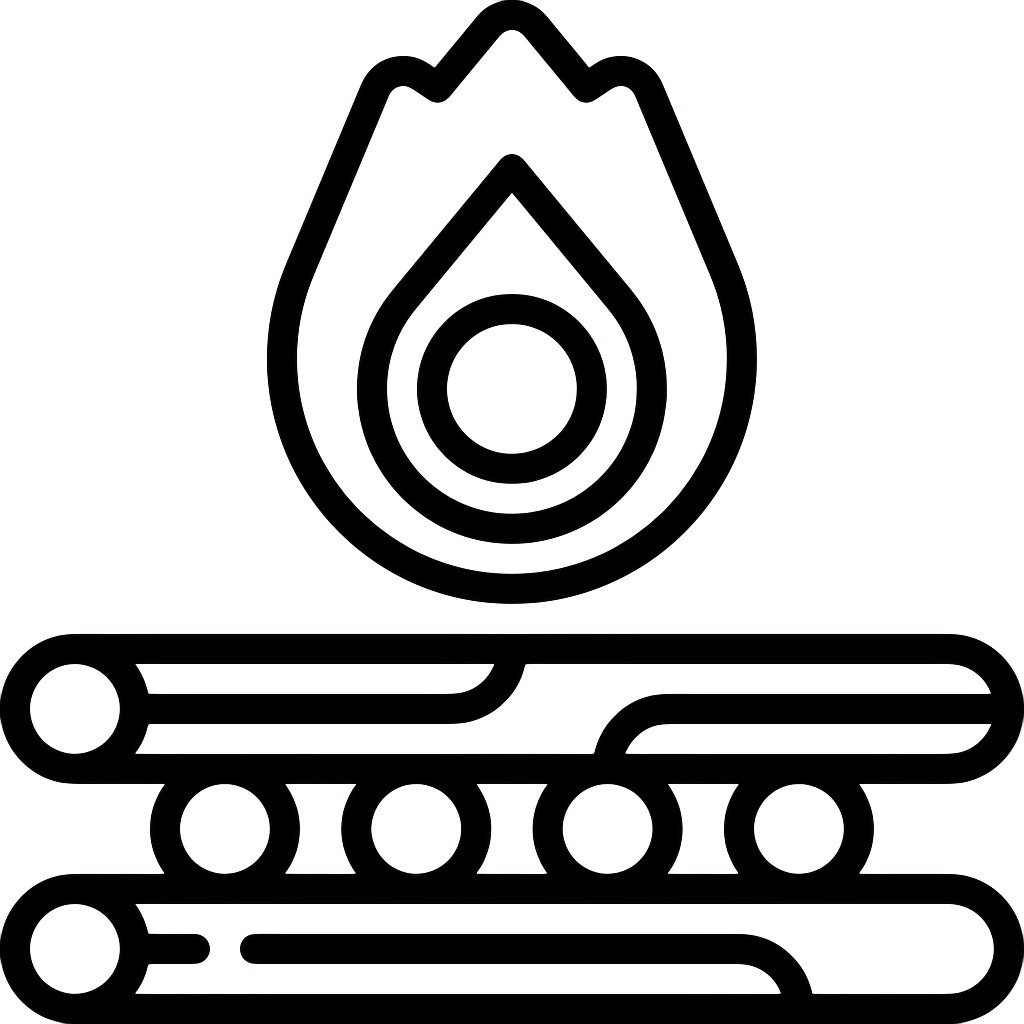

-1024x683.webp)
.webp)
